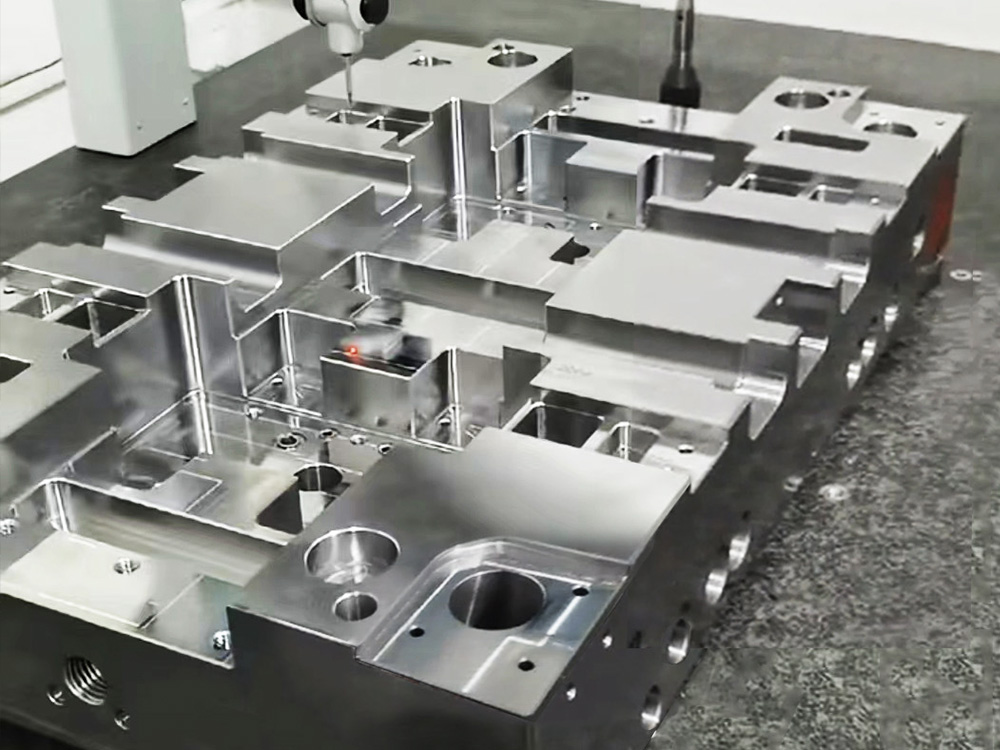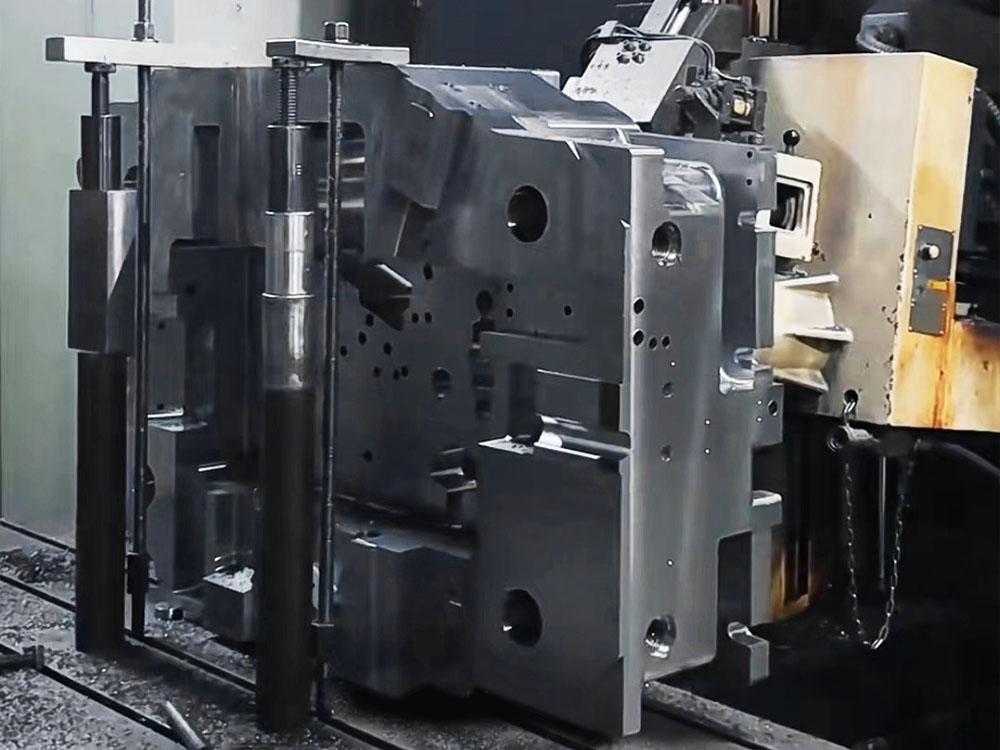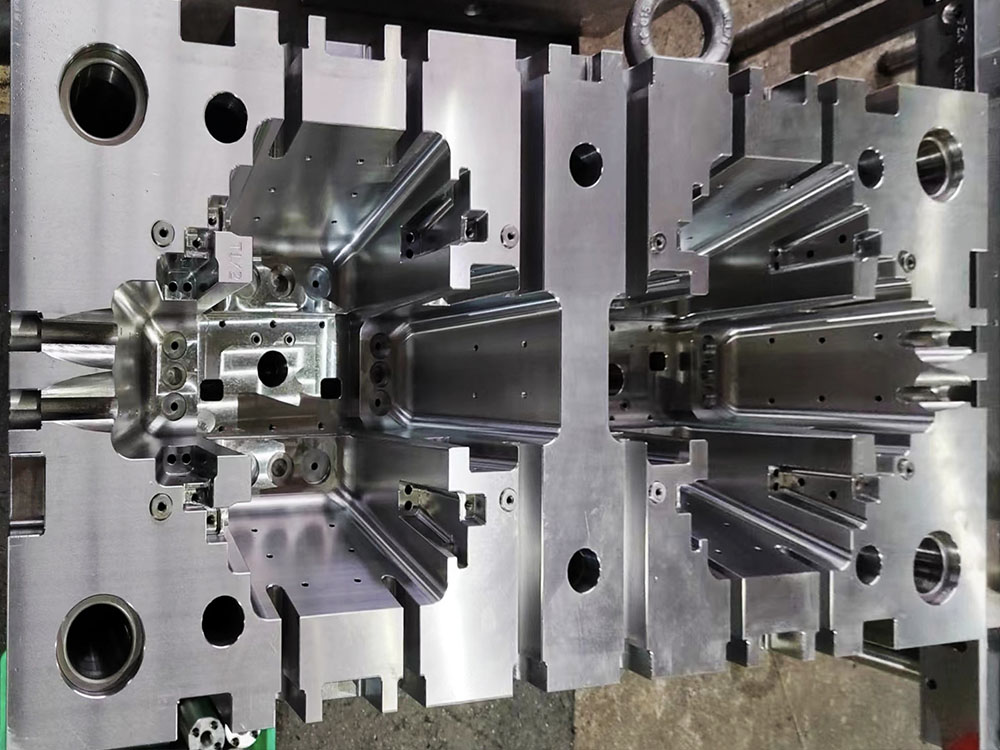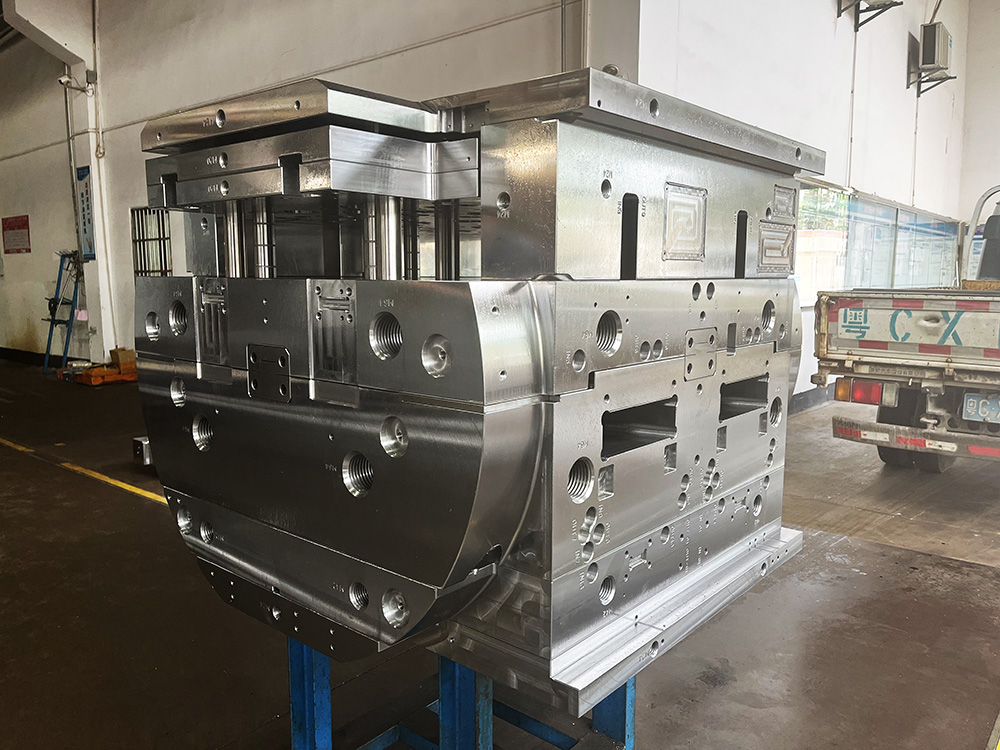The Ultimate Guide to Mold Bases - All You Need to Know
Mold bases are an essential component in the mold making industry. They serve as the foundation for creating molds that are used in various manufacturing processes. In this ultimate guide, we will provide you with a comprehensive overview of mold bases, including their importance, types, materials, and design considerations.
1. Importance of Mold Bases
Mold bases play a critical role in the injection molding process, as they provide support and stability to the mold components. They ensure precise alignment and proper functioning of the mold, leading to consistent and accurate production of parts.
2. Types of Mold Bases
Mold bases can be classified into several types based on their construction and function. The most common types include:
- Standard Mold Bases: These are off-the-shelf, pre-configured mold bases that are readily available in standardized sizes and configurations. They offer cost-effectiveness and quick turnaround times for mold making projects.
- Custom Mold Bases: As the name suggests, these mold bases are tailored to meet specific project requirements. They offer flexibility in terms of size, configuration, and component placement.
3. Materials Used
The choice of materials for mold bases depends on factors such as the application, part complexity, and production volume. Commonly used materials include:
- Tool Steel: Tool steels such as P20, S7, and H13 are frequently used due to their excellent hardness, wear resistance, and machinability.
- Aluminum: Aluminum molds are lightweight, offer good thermal conductivity, and are suitable for low-volume production or prototype development.
- Stainless Steel: Stainless steel molds provide corrosion resistance and are ideal for high-volume production runs and applications involving corrosive materials.
4. Design Considerations
When designing mold bases, certain factors need to be considered to ensure optimal performance. These include:
- Part Geometry: The mold base should accommodate the part's geometry, including undercuts, thin walls, and gating systems.
- Ejection System: Proper ejection system design and incorporation of features such as ejector pins and sleeves are crucial for part release.
- Cooling System: An efficient cooling system is essential to control cycle times, minimize warpage, and ensure consistent part quality.
- Guiding and Alignment: The mold base should include guiding and alignment features to maintain proper mold closure and prevent misalignment.
Conclusion
Mold bases are the backbone of mold making, providing stability, precision, and functionality to the mold components. Understanding the importance of mold bases, different types, materials, and design considerations is essential for successful mold making projects. By considering these factors, manufacturers can optimize their mold design and achieve improved part quality and production efficiency.




